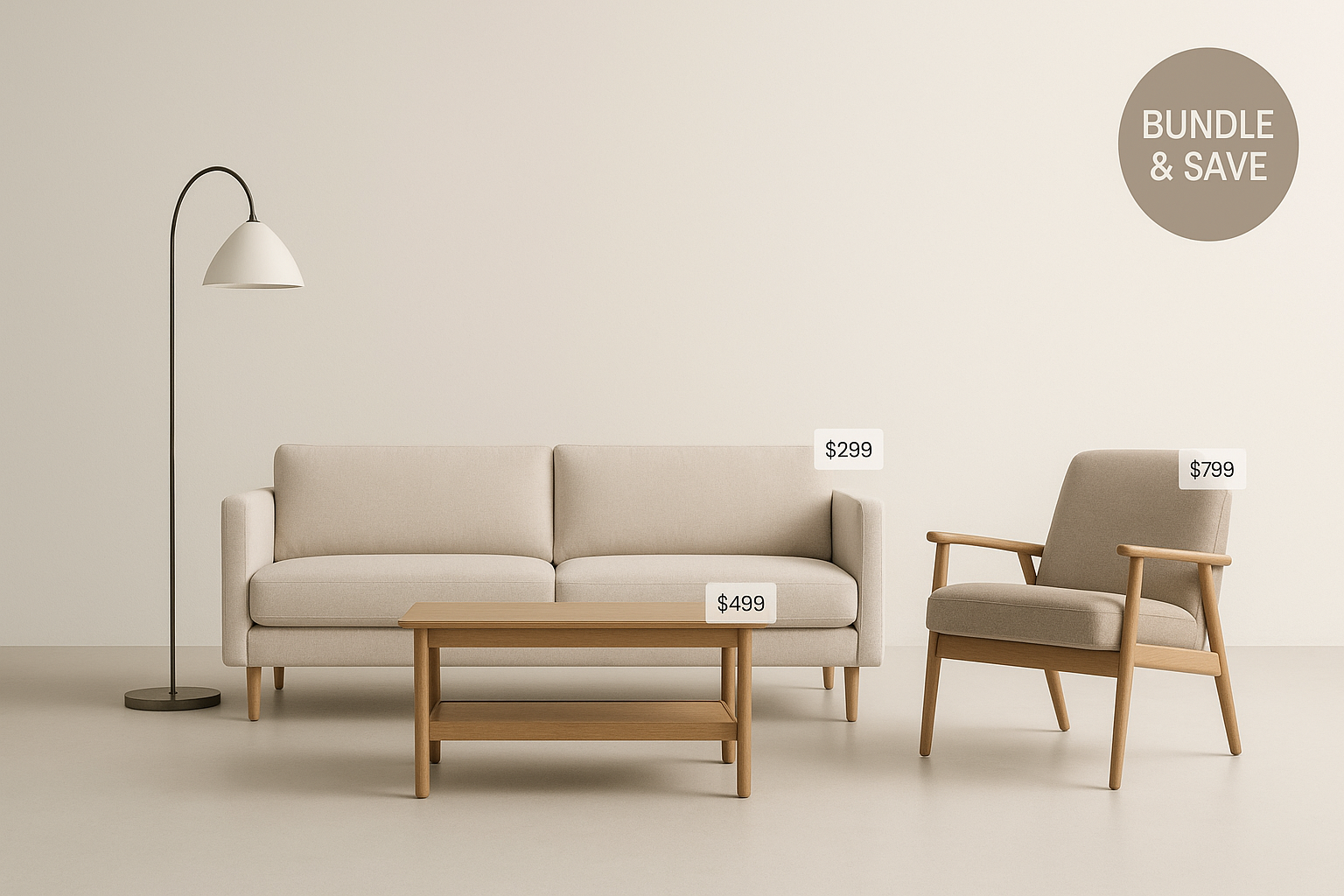A new report on mobile augmented reality (AR) usage predicts that consumer spending on physical goods via AR will more than quadruple within the next three years. With consumer demand for immersive product experiences driving adoption by manufacturers, retailers, and B2B as well as D2C firms, the findings add to the wealth of evidence of 3D and AR’s power to influence sales, while turning browsers into buyers.

Source: Pexels
Steep growth
The report by industry bible AR insider estimates that in 2022 buyers spent USD$58 billion on purchases of physical products that were influenced by AR. This includes instances where shoppers used live configuration tools to personalize products during purchase, or AR-powered visualizations to see items in their own homes. The product categories that accounted for the majority of that spend include furniture, cosmetics, clothing, and home appliances.
As proliferation of the technology continues, the report goes on to forecast more than four-fold growth in the value of AR-influenced purchases, projecting the market to reach USD$255 billion by 2027. Amongst the types of immersive experience set to influence this growth, web-based AR, visual search, and social lenses are highlighted as the main drivers.
“The steep growth forecast for AR-influenced purchases shows both the huge appetite among consumers for immersive product experiences, and how effective those experiences are when it comes to converting sales,” says Rafael Muñoz, Founder of Enhance XR. “3D and AR bring products to life for buyers in innovative new ways, letting them personalize and visualize items, all from their phone. That’s a powerful tool.”
Furniture: Classicon | Enhance XR
Driving forces
Authors of the report highlight three factors that are likely to contribute to the forecast rise in AR-influenced spending:
- The expansion of low-friction web-based AR experiences
- The ability of brands to run immersive campaigns through web-compatible channels
- Increasing use of visual search
Users access web-based AR experiences directly from their phones or tablets, making them the most straightforward way to deploy immersive product experiences. The seamless nature of the customer journey with web-based AR gives it a significant advantage over app-based immersive experiences – which require users to download custom apps for access – while the ease of integration makes it a cost-effective option for budgets of all sizes.
In addition, web-based AR offers companies the broadest possible audience for their immersive product experiences, given that they are compatible with, and accessible from, any mobile browser. With Deloitte noting that the growth of AR usage has tracked that of smartphones, and forecasting 75% of the global population to be frequent AR users by 2025, it’s clear to see why this low-friction AR integration is tipped to fuel consumer spending with the technology.
.png)
Source: Canva
For marketing purposes, the power of immersive advertising has been well documented, with global brands such as Pepsi and Disney+ posting significant results off the back of campaigns that included UFO invasions launched from London bus shelters and Star Wars characters appearing in users’ living rooms. The extended reach and captivating nature offered by these types of ads, coupled with their growing audience and ease of distribution – across all of a brand’s physical, digital, and social platforms – offer important context into their increasing contribution to consumer spend.
Visual search, meanwhile, has the might of Google behind it, with the Silicon Valley giant keen to counterbalance the challenges to its traditional search model. Allowing users to identify and contextualize objects with AR-powered overlays, visual search leverages the ubiquity of the phone camera, and positions Google for the next phase of the evolution of immersive experiences, heralded by the launch of new headsets from the likes of Apple and Meta.
Looking ahead
The positive response that greeted the arrival of Apple Vision Pro and Meta Quest 3, amongst both the tech community and the wider public, along with rumored further high-profile wearable launches, indicate the direction of travel when it comes to proliferation of 3D and AR-powered experiences.
The mainstream adoption of these devices is undoubtedly one of the considerations baked-in to the forecasted growth in AR-influenced consumer spending. The additional layer of interactivity and immersion offered by headsets and AR glasses opens up a world of opportunities for businesses, from fully shoppable environments such as virtual showrooms to entertainment apps that blur the line between recreation and shopping.
Most of all, however, the simple utility of immersive product experiences is likely to be the basis of increased spending through 3D and AR. For businesses, these tools provide an innovative and effective way to let consumers interact with products, personalize them in ways that induce a sense of ownership, and visualize them to check for spatial and aesthetic fit. For consumers, meanwhile, the convenience, immediacy, and transparency they offer make it easier to click the all-important purchase button. And with 77% of them stating they want to use 3D and AR for help when making those purchases, the scale of the opportunity open to businesses seeking a competitive advantage is self-evident.






